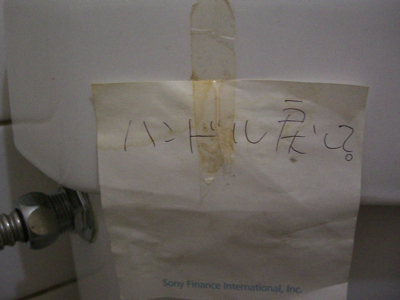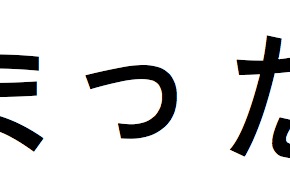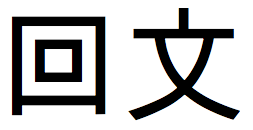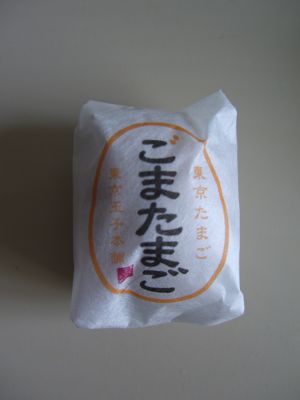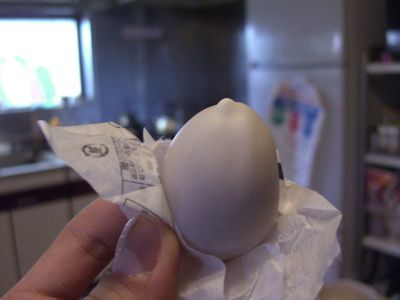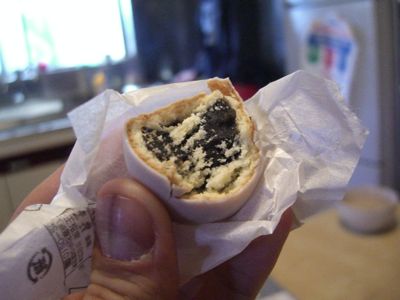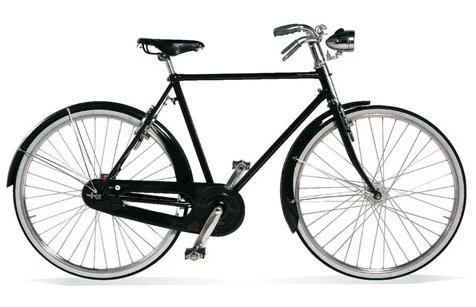My first winter vacation living in Fukushima, I spent a week in Tokyo staying with my friend Thomas. He had come to Tokyo with his girlfriend shortly after graduating, and not long before I visited they split up, forcing him to move out into a guest house in Kanda. He was incredibly generous with his space (of which he had very little), and I spent the week shopping, drinking, and dancing.
When we were out one night, I helped a guy order a White Russian. When I walked up to the bar, I was standing behind the guy, and I noticed that he was having trouble communicating with the Japanese bartender. He kept on repeating “White Russian” over and over in a vaguely Japanese accent – ワイトロシアン, ワイトロシアン, ワイトロシアン.
Having been in his position before, I knew exactly what he was doing wrong. I leaned over, offered to help, and had the bartender reaching for the Stoli and Kahlua with a single extra syllable – ホ. The guy clearly expected the Japanese pronunciation of “white” to be ワイト, when it is actually ホワイト.
There are a couple Yahoo Chiebukuro pages that try to answer the question, but there doesn’t seem to be a definitive answer other than ホワイト more accurately captures the pronunciation, which suggests that it may be an English pronunciation error on my part – maybe I’m not pronouncing “white” snootily enough? What’s certain is that the ホ-spelling is so natural and widespread – used in everything from white collar and white chocolate to Pokemon White – that the locals don’t think twice about it. Which means you shouldn’t either. Get used to it and you’ll save yourself time next time you’re at the bar.
Sandra Japandra‘s recent encounter with vermouth and its unexpected (from an English point of view) pronunciation ベルモット reminded me of this ホワイト incident. These are two good examples of another way that foreign loan words can be tricky: even when the Japanese word does equate to the object in the foreign language and not some other thing entirely, the pronunciation is not always exactly the same as in the English (unless it is…in which case I’m just a linguistically evolved youth and have shed this silly ホ in English). You can try to use the trick that some of my middle school Spanish classmates used when they “need-o to use-o el bano” and Japanify all the words you don’t know, but this is not recommended. Pay attention to yer katakanas and read all those syllables.




